But this time, let’s stop the comparisons.
As a New York-based travel writer, I’m a sucker for a good city. I’ll happily visit the heavy hitters like Los Angeles and London over and over again. However, I’m also always willing to explore the spots that don’t get as hype but still have something unique to offer. Places like New Haven, Connecticut, for the pizza, or Tulsa, Oklahoma, for its vibrant history.
Maybe that’s why I was in such a hurry to visit Detroit, Michigan, the Midwestern industrial titan that, by all accounts, is one of the most influential cities in American history. Detroit still seems to constantly be on the upswing of reaching the ranks of “tourism hotspot” but never quite gets there.
Detroit, in a very short nutshell, was once an epicenter of the Great Migration, a place where Ford and General Motors ruled and Motown grooved. It was a place where people came to make fortunes or just a decent life. Then, the car factories started closing, and all that history was abandoned, giving Detroit a reputation for gang-related violence, empty buildings and storefronts, and some good old-fashioned government corruption.
But in the early 2010s, the hipsters and artists priced out of East Coast cities came calling, and suddenly, those abandoned buildings were reminiscent of old Brooklyn, and everyone could see a more thriving, cooler, and yes, gentrified future. A decade ago, you couldn’t find a travel publication (and yes, we are guilty as charged) that wasn’t touting Detroit as the “next Brooklyn,” ignoring that even the Brooklyn of 2014 had become a very unaffordable place to live.
Recommended Fodor’s Video
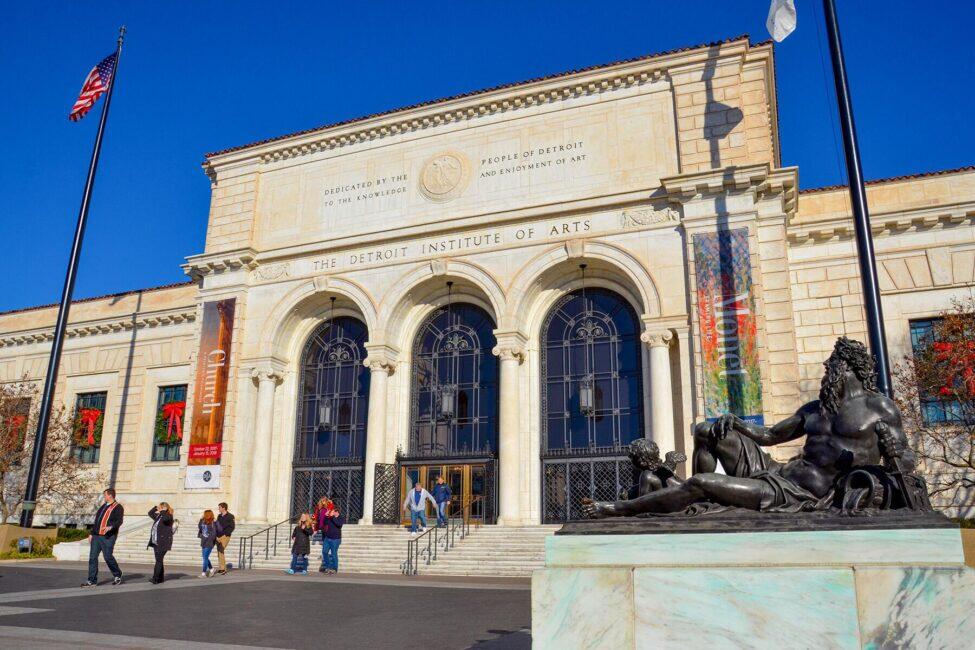
So, when I finally visited Detroit this past fall, I had those voices of tourism trends past in my head, but I was also aware the hype had quite obviously died down since the pandemic. Even in the great travel revenge rush of 2023, Detroit wasn’t on the must-visit list of anyone I knew. And yet. Crime was still way down, boutique hotels were opening all over Downtown Detroit, and that hometown Detroit pride was still all over the place if you knew where to look (absurdist humor fans probably already know all about sketch comedian and Detroit native Tim Robinson’s short-lived Comedy Central series Detroiters, which ran for two seasons as a downright weird but brilliant love letter to the city).
My hopes were high, and I was not disappointed. No one in Detroit seems to even think twice about the comparisons of a decade ago, confident in the knowledge that the city would always evolve into another version of itself. It still welcomes artists and immigrants, guaranteeing that creative design is everywhere and delicious restaurants are constantly opening without the buzz-killing crowds and prices of most other big cities. So, luckily for anyone who loves a busy, affordable city (with an excellent football team, Super Bowl appearance notwithstanding), this most recent iteration of Detroit might be its best yet.
A Wealth of History
Here’s the thing about visiting a city where its residents really and truly love it. You get beloved institutions invested in local and visitor engagement, and Detroit’s top sights are no exception. People are usually surprised to hear (I was) that the Detroit Institute of the Arts regularly makes the top ten list of most visited art museums in the United States, but one step inside its stunning Beaux-Arts building and everything clicks into place.
With over 100 galleries covering 658,000 feet, its massive collection spans the globe and the ages, with artwork from the likes of Georgia O’Keeffe, Alexander Calder, Winslow Homer, John Singer Sargent, and Andy Warhol, to name a tiny percentage, all of it housed in unique wings that are frequently works of art themselves. This architecture is worth a visit alone, as is the cathedral-ceiling courtyard adorned with Diego Riviera frescos focusing on Detroit’s industrial history.
There’s also the Motown Museum, set in the former home of Berry Gordy that was also the iconic record label’s first headquarters and recording studio; the Wright Museum of African-American History, home to the world’s most extensive permanent collection of African-American cultural artifacts; and the Henry Ford Museum of American Innovation, home to several important artifacts from transportation and pop culture history.
Detroit has also made strides in recent years to take those formerly famous dilapidated buildings and actually make them working parts of the community again. One recent example is the revitalization of the towering Michigan Central Station, once the city’s main train station (with architecture on par with Grand Central Station in New York City) that fell into disrepair when it closed in 1988.
For decades, the Beaux-Arts building, a huge landmark in the neighborhood of Corktown, became one of the well-known examples of ruins pornography, its decaying interior a bucket list must-see for more adventurous urban explorers. But Ford Motor Company bought the station in 2018 and has since been revived to its former glory. It currently has been refitted as an innovation center, mostly holding office spaces for Ford and other local businesses, but plans are in the works to make it more of a community hub, with public spaces, restaurants, and retail stores.
Diverse and Historic Dining
With its multitude of Polish, Lebanese, Indian, Greek, and Yemini immigrants (and much more), Detroit is hands down a diverse food town. A first-time visitor will probably be steered to the city’s two most famous eats: Detroit-style pizza (thick, rectangular slices with a fluffy crust) and Coney dogs (beef hot dogs topped with chili, mustard, and diced white onions). In addition, a constant stream of restaurants provides some impressive levels of dining, including Selden Standard (hip shared plates), the Apparatus Room (elevated farm-to-table tavern-fare), and Dime Store (homey breakfasts and brunches).
But the best way to experience the city’s culinary spirit is to visit Eastern Market, the country’s largest outdoor farmers market, with over 150 food and retail vendors setting up shop each Saturday. In operation since 1841 (and at the present-day site since 1891), the market today spans five open-air “sheds” that welcome local farmers and vendors who sell everything from local produce and coffee to Polish pierogi and artisan chocolate.
A City Park That’s Also a Whole Island
It’s true that Detroit winters can historically be on the harsh side, but Michigan’s climate actually makes it one of the most temperate places to be, especially from April through October. The best way to experience this is by heading to Belle Isle Park, Detroit’s main park that also happens to encompass its own island in the Detroit River. Consisting of 982 acres, you can explore its unique ecosystem on the many walking and biking trails along with its cultural offerings like the Belle Isle Aquarium (the oldest in the country), the Anna Scripps Whitcomb Conservatory, and the Dossin Great Lakes Museum. There are also opportunities to kayak, paddleboard, fish, swim, and golf.
For an additional outdoor adventure, you can stroll or cycle the Detroit Riverwalk, a 3-mile path along the Detroit River that leads from Downtown Detroit to Belle Isle, providing excellent cityscape views on one side and glimpses of Canada on the other.
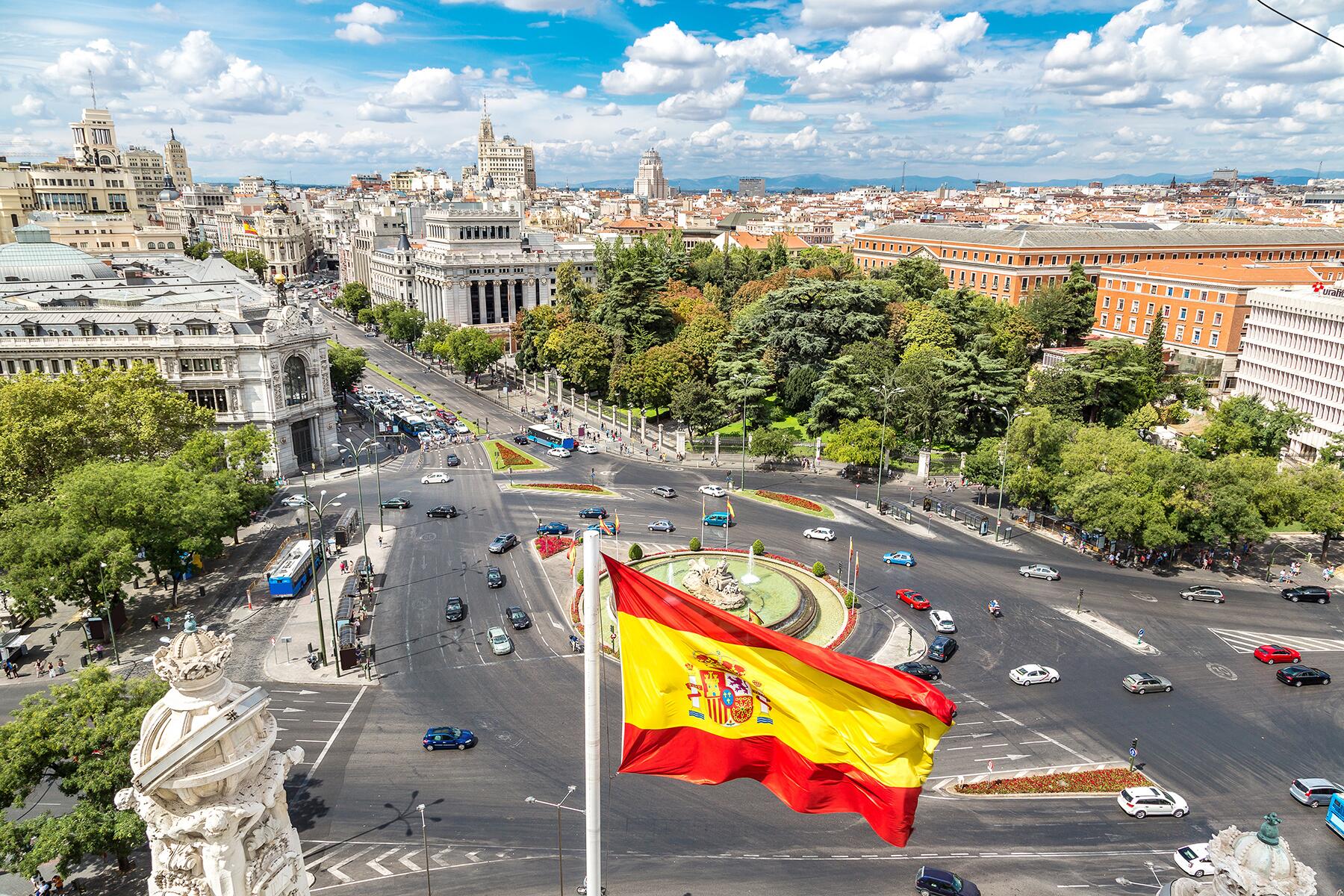


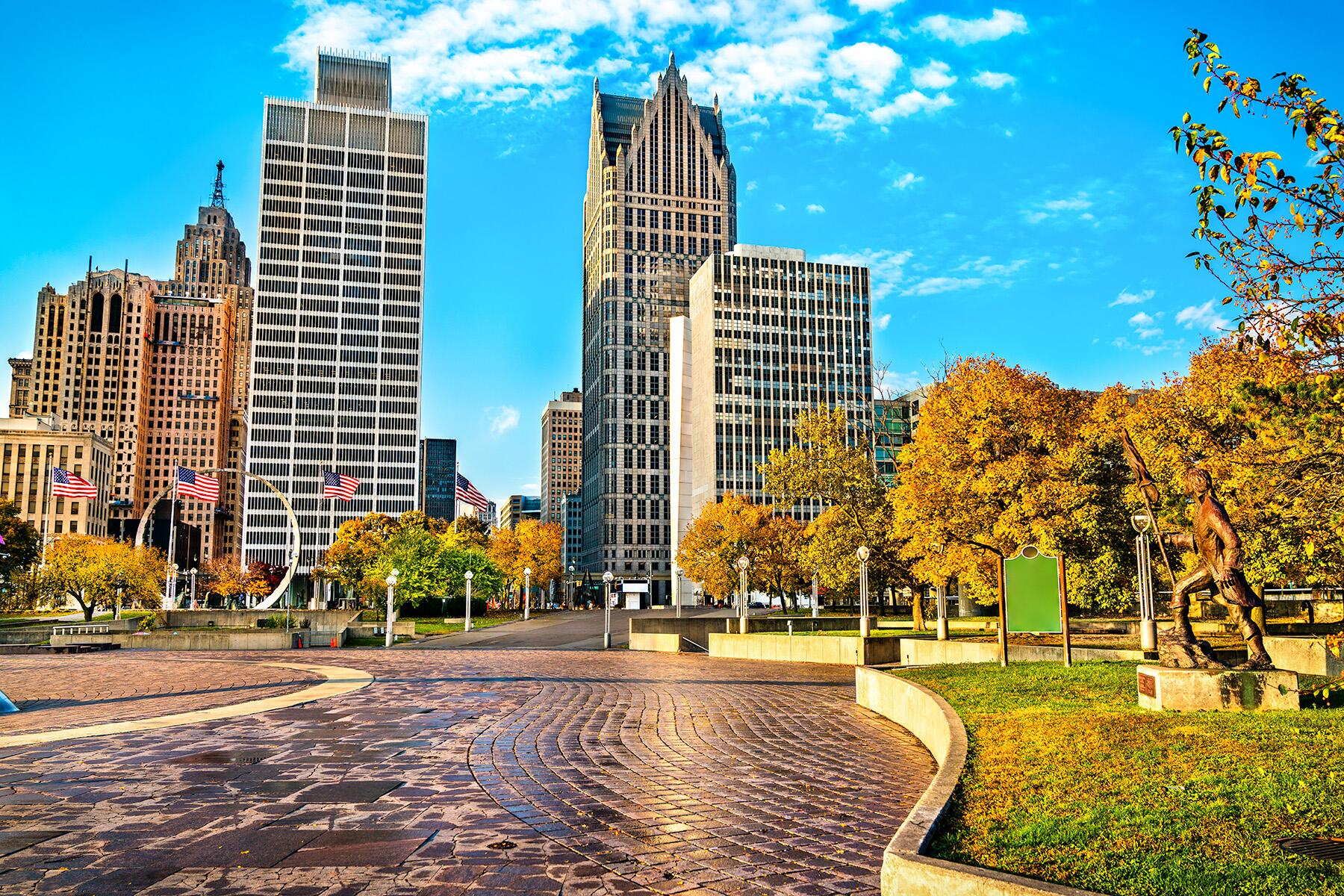
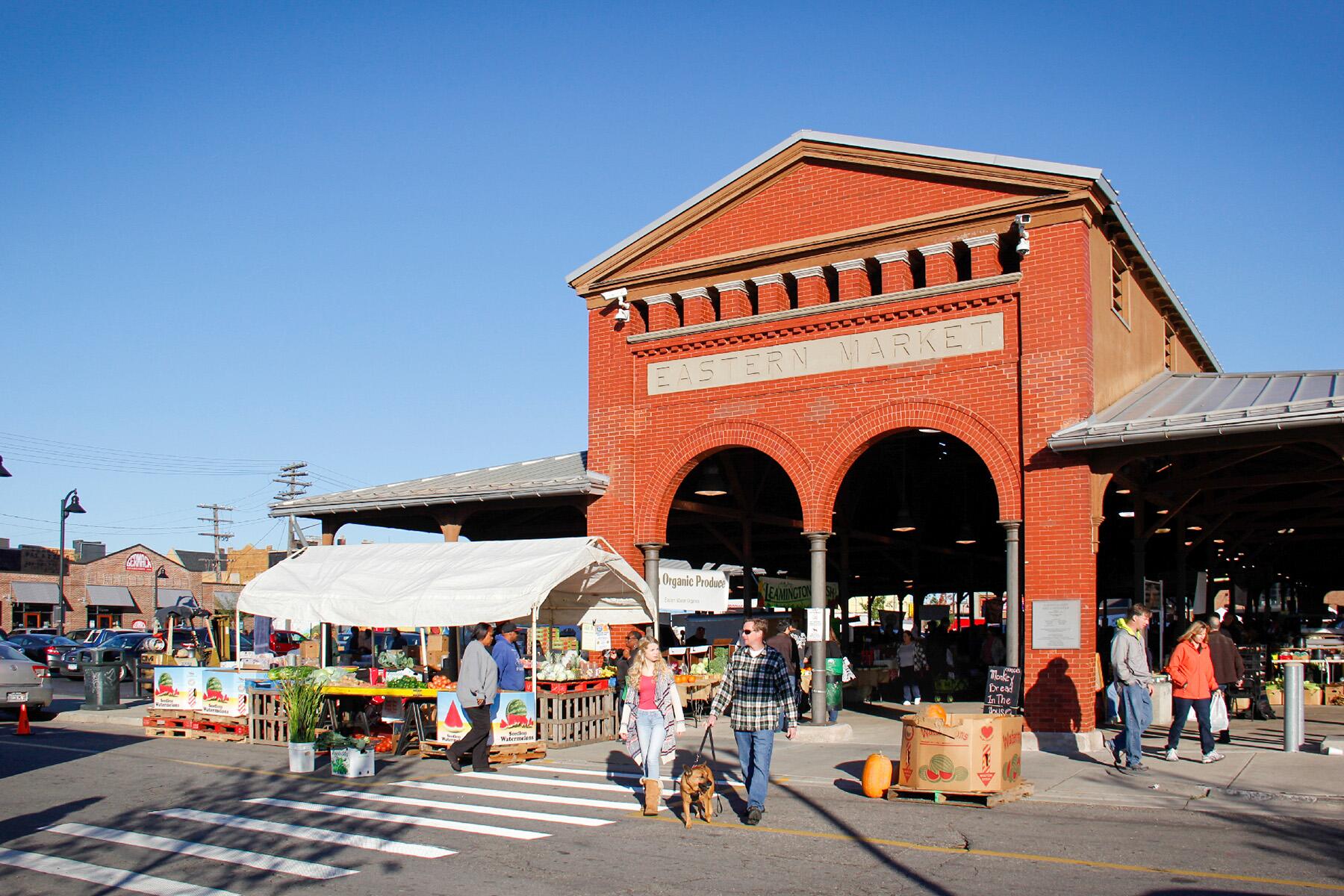
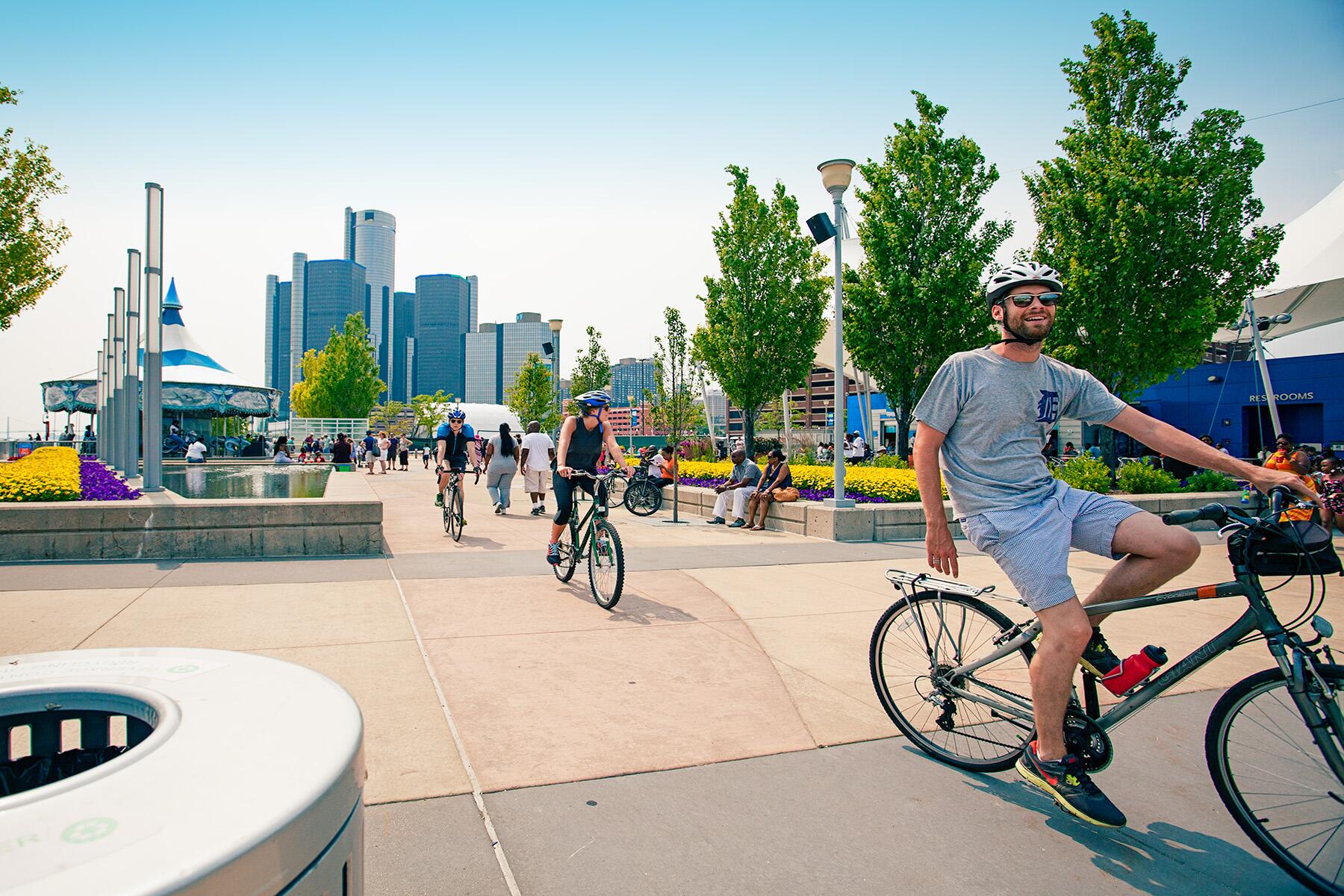
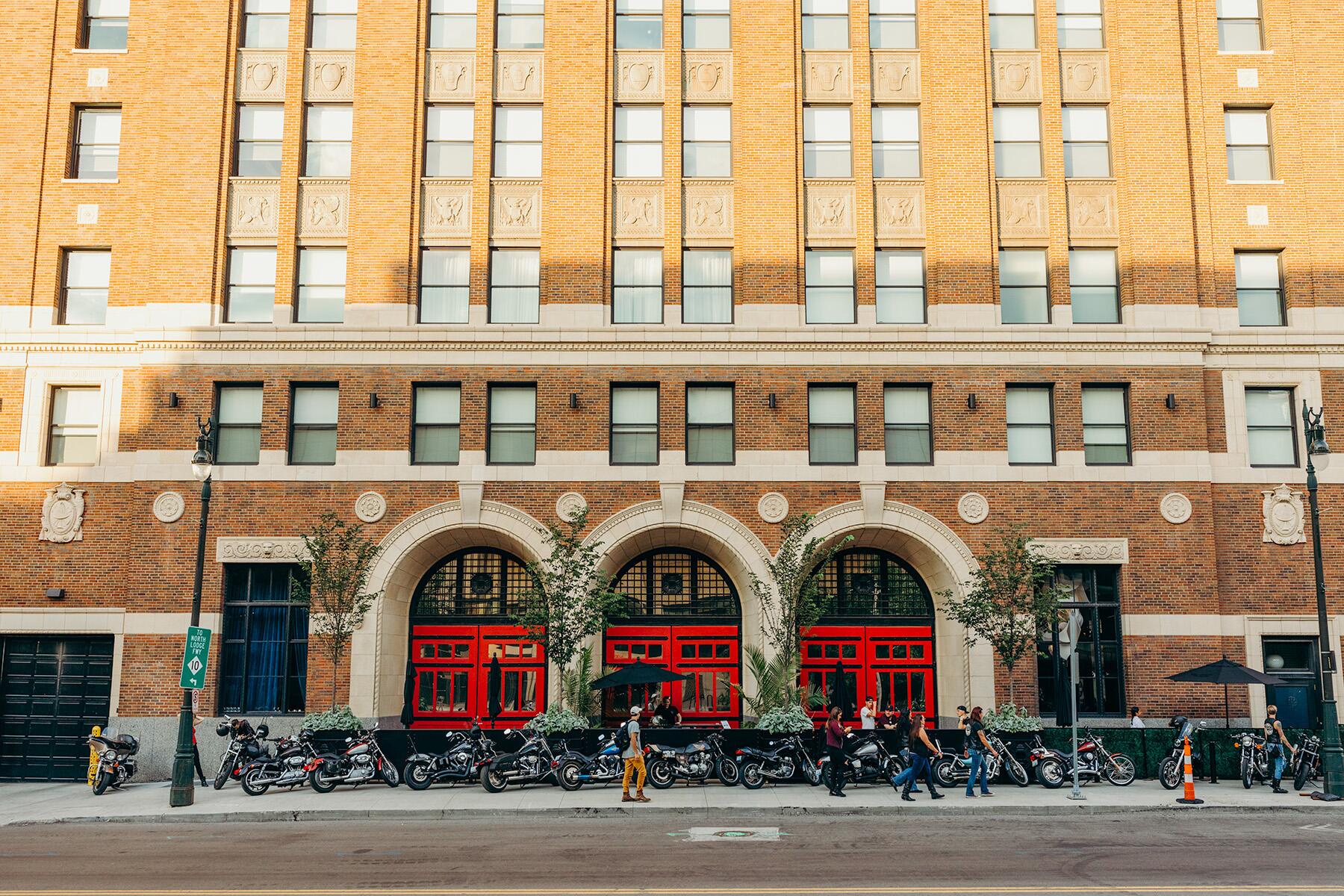
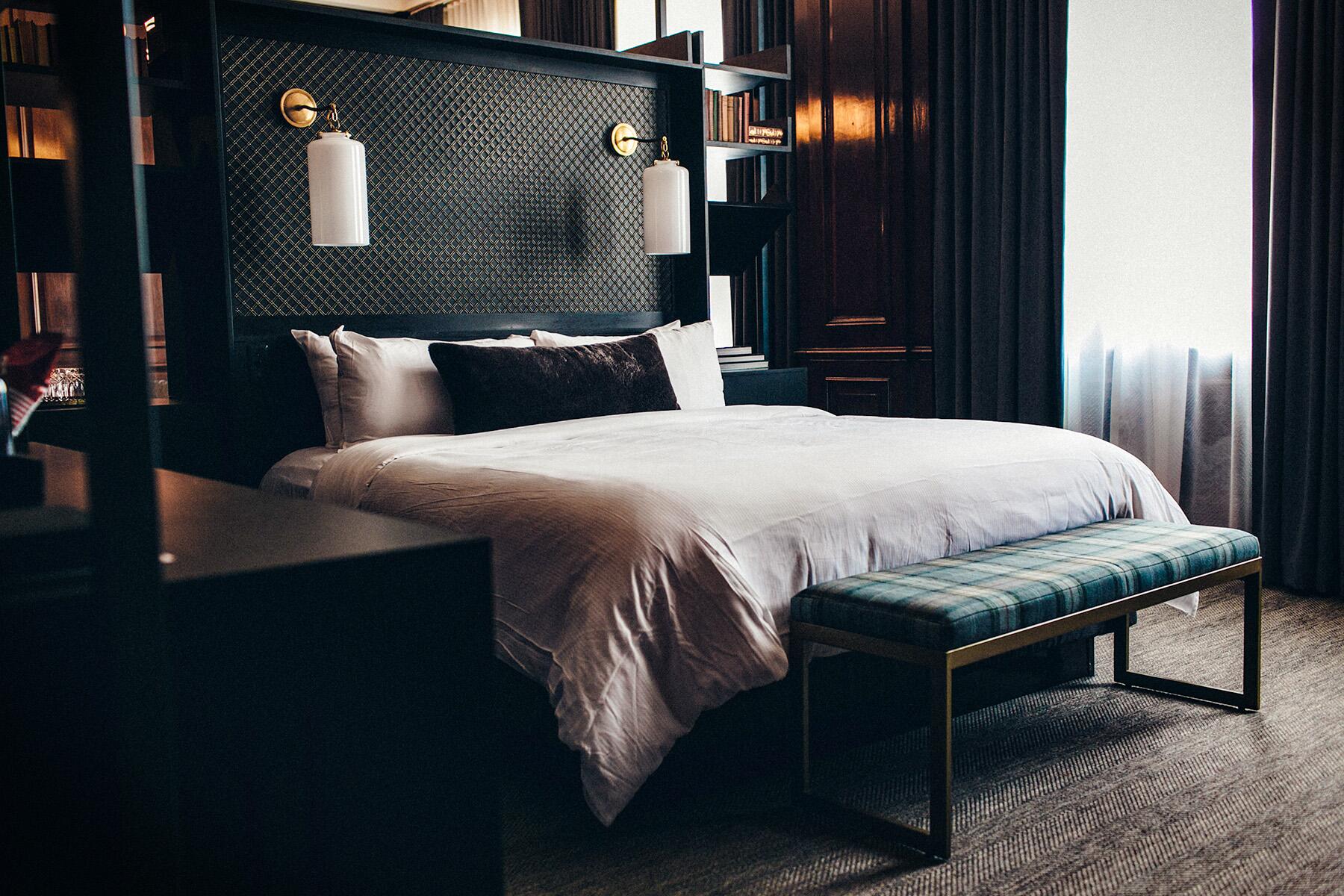
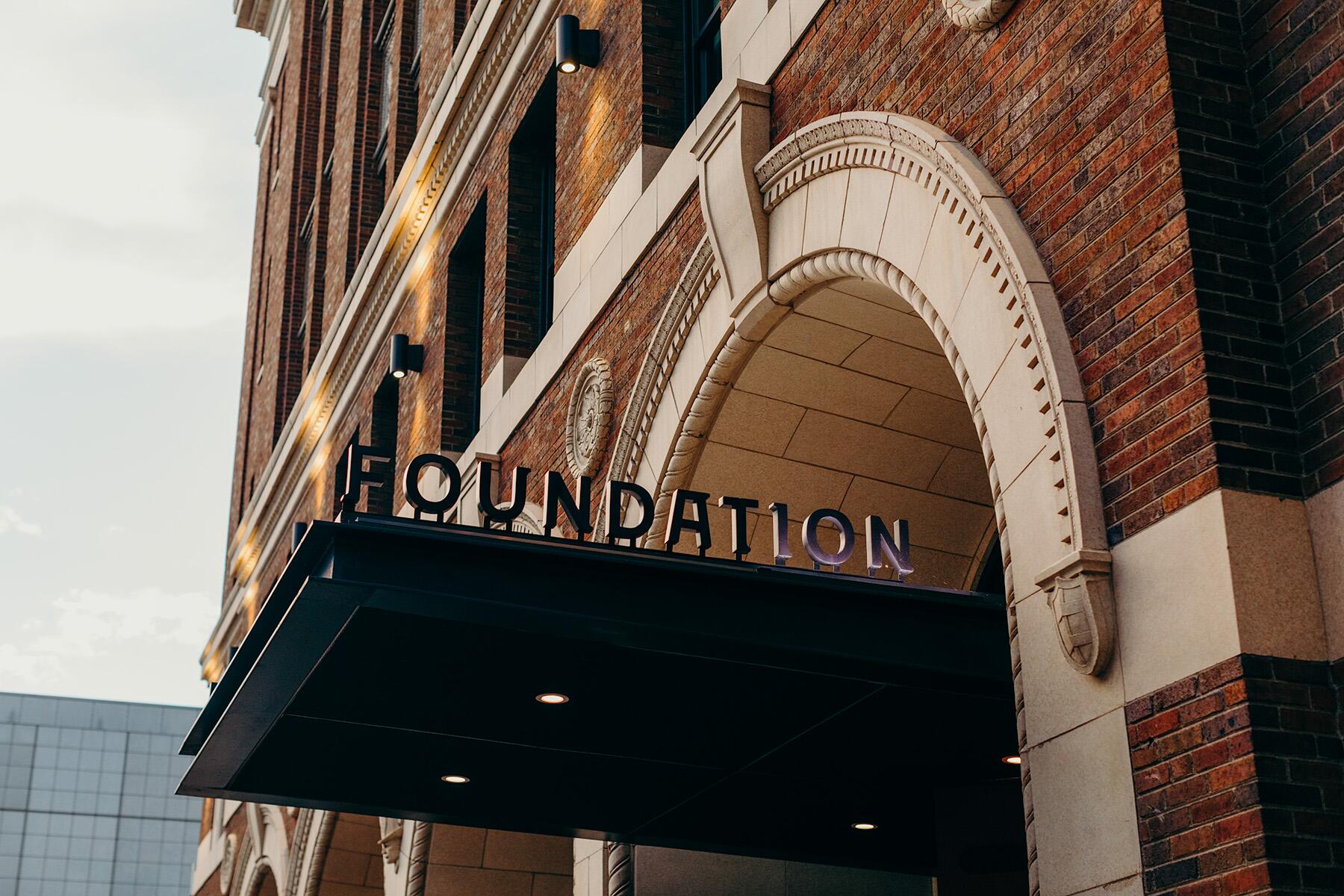
I like Detroit. Football season is over, but Little Caesars Arena is home to hockey's rising Red Wings and basketball's awful Pistons. Seeing the Tigers at Comerica Park is a great way to spend a day. Detroit has many suburbs, some attractive, some struggling. And there's plenty of urban abandonment...the city is one-third of its peak population. But many construction cranes downtown show change is continuing.